Figs are a delightful and versatile fruit that has been enjoyed for centuries. Whether eaten fresh or dried, figs offer a unique flavor and a plethora of health benefits. In this article, we will explore the differences between dried and fresh figs, and why you might choose one over the other. Let’s start by discussing fresh figs. Fresh figs are a seasonal fruit that is typically available in the summer months.

.
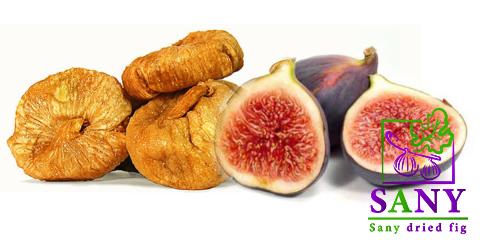 They have a soft outer skin and a juicy, sweet interior that is full of tiny seeds. Fresh figs are a delicious snack on their own, but they can also be used in a variety of recipes, from salads to desserts. One of the main benefits of eating fresh figs is their high nutritional content. Figs are a good source of vitamins and minerals, including vitamin C, vitamin K, potassium, and magnesium. They are also high in fiber, which can aid in digestion and help keep you feeling full. Fresh figs are also a great addition to a healthy diet because they are low in calories and fat. They make a great snack for anyone looking to maintain or lose weight. Additionally, fresh figs are a good source of antioxidants, which can help protect your cells from damage caused by free radicals. On the other hand, dried figs offer a different set of benefits.
They have a soft outer skin and a juicy, sweet interior that is full of tiny seeds. Fresh figs are a delicious snack on their own, but they can also be used in a variety of recipes, from salads to desserts. One of the main benefits of eating fresh figs is their high nutritional content. Figs are a good source of vitamins and minerals, including vitamin C, vitamin K, potassium, and magnesium. They are also high in fiber, which can aid in digestion and help keep you feeling full. Fresh figs are also a great addition to a healthy diet because they are low in calories and fat. They make a great snack for anyone looking to maintain or lose weight. Additionally, fresh figs are a good source of antioxidants, which can help protect your cells from damage caused by free radicals. On the other hand, dried figs offer a different set of benefits.
..
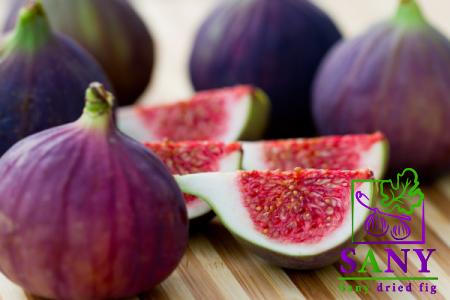 Drying figs removes much of their water content, which concentrates the flavor and nutrients. Dried figs have a chewy texture and a sweet, intense flavor that is different from fresh figs. One of the main advantages of dried figs is their long shelf life. Fresh figs can spoil quickly, but dried figs can be stored for months or even years if kept in a cool, dry place. This makes dried figs a convenient and portable option for snacking on the go. Dried figs are also a good source of fiber and nutrients. They contain many of the same vitamins and minerals as fresh figs, including potassium, magnesium, and antioxidants. Dried figs are also high in natural sugars, which can provide a quick energy boost when you need it. When it comes to choosing between dried and fresh figs, the decision ultimately comes down to personal preference and how you plan to use them. If you enjoy the juicy sweetness of fresh figs and want to experience their full flavor, then fresh figs are the way to go. On the other hand, if you are looking for a convenient and long-lasting snack that is packed with nutrients, then dried figs may be the better choice. In conclusion, both dried and fresh figs are delicious and nutritious options that can be enjoyed in a variety of ways. Whether you prefer the fresh, juicy taste of a ripe fig or the concentrated sweetness of a dried fig, incorporating this versatile fruit into your diet can be a tasty and healthy choice. Try experimenting with both types of figs to discover which one you prefer and how you can best incorporate them into your meals and snacks. Additionally, the differences between dried and fresh figs extend beyond just their taste and texture. Both varieties of figs have unique culinary uses that cater to different preferences and cooking styles. Fresh figs are often prized for their luscious texture and bright, sweet flavor. They can be enjoyed as a simple snack on their own or used in a variety of dishes to add a burst of freshness.
Drying figs removes much of their water content, which concentrates the flavor and nutrients. Dried figs have a chewy texture and a sweet, intense flavor that is different from fresh figs. One of the main advantages of dried figs is their long shelf life. Fresh figs can spoil quickly, but dried figs can be stored for months or even years if kept in a cool, dry place. This makes dried figs a convenient and portable option for snacking on the go. Dried figs are also a good source of fiber and nutrients. They contain many of the same vitamins and minerals as fresh figs, including potassium, magnesium, and antioxidants. Dried figs are also high in natural sugars, which can provide a quick energy boost when you need it. When it comes to choosing between dried and fresh figs, the decision ultimately comes down to personal preference and how you plan to use them. If you enjoy the juicy sweetness of fresh figs and want to experience their full flavor, then fresh figs are the way to go. On the other hand, if you are looking for a convenient and long-lasting snack that is packed with nutrients, then dried figs may be the better choice. In conclusion, both dried and fresh figs are delicious and nutritious options that can be enjoyed in a variety of ways. Whether you prefer the fresh, juicy taste of a ripe fig or the concentrated sweetness of a dried fig, incorporating this versatile fruit into your diet can be a tasty and healthy choice. Try experimenting with both types of figs to discover which one you prefer and how you can best incorporate them into your meals and snacks. Additionally, the differences between dried and fresh figs extend beyond just their taste and texture. Both varieties of figs have unique culinary uses that cater to different preferences and cooking styles. Fresh figs are often prized for their luscious texture and bright, sweet flavor. They can be enjoyed as a simple snack on their own or used in a variety of dishes to add a burst of freshness.
…
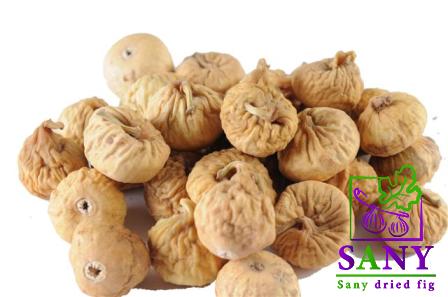 Fresh figs can be sliced and added to salads for a touch of sweetness, grilled to enhance their natural sugars, or even baked into desserts like tarts and cakes for a decadent treat. Dried figs, on the other hand, bring a concentrated sweetness and chewy texture that can elevate a wide range of dishes. They are commonly used in baking, where their natural sugars and dense consistency make them a perfect addition to cookies, bread, and granola bars. Dried figs can also be chopped up and added to oatmeal, yogurt, or trail mix for a natural energy boost. In terms of health benefits, both dried and fresh figs offer a range of nutrients that can support overall well-being. Fresh figs are an excellent source of dietary fiber, which promotes healthy digestion and can help maintain a feeling of fullness. The fiber content in fresh figs can also aid in lowering cholesterol levels and managing blood sugar levels. Dried figs, while slightly higher in sugar and calories due to the concentration of their natural sugars, still pack a nutritional punch. They contain a good amount of dietary fiber, as well as important vitamins and minerals like calcium, iron, and potassium. Dried figs are often recommended as a natural remedy for constipation due to their high fiber content. When it comes to incorporating figs into your diet, versatility is key. Both dried and fresh figs can be paired with a wide range of flavors and ingredients to create balanced and flavorful meals. Whether you choose to snack on them as-is, bake them into a dish, or blend them up in a smoothie, figs can add a touch of sweetness and complexity to your culinary creations. In conclusion, the choice between dried and fresh figs ultimately depends on your personal taste preferences and how you plan to use them. Each variety offers unique qualities that can enhance your meals and snacks in different ways. Experimenting with both dried and fresh figs can help you discover new and delicious ways to enjoy this versatile fruit and reap the many health benefits they have to offer.
Fresh figs can be sliced and added to salads for a touch of sweetness, grilled to enhance their natural sugars, or even baked into desserts like tarts and cakes for a decadent treat. Dried figs, on the other hand, bring a concentrated sweetness and chewy texture that can elevate a wide range of dishes. They are commonly used in baking, where their natural sugars and dense consistency make them a perfect addition to cookies, bread, and granola bars. Dried figs can also be chopped up and added to oatmeal, yogurt, or trail mix for a natural energy boost. In terms of health benefits, both dried and fresh figs offer a range of nutrients that can support overall well-being. Fresh figs are an excellent source of dietary fiber, which promotes healthy digestion and can help maintain a feeling of fullness. The fiber content in fresh figs can also aid in lowering cholesterol levels and managing blood sugar levels. Dried figs, while slightly higher in sugar and calories due to the concentration of their natural sugars, still pack a nutritional punch. They contain a good amount of dietary fiber, as well as important vitamins and minerals like calcium, iron, and potassium. Dried figs are often recommended as a natural remedy for constipation due to their high fiber content. When it comes to incorporating figs into your diet, versatility is key. Both dried and fresh figs can be paired with a wide range of flavors and ingredients to create balanced and flavorful meals. Whether you choose to snack on them as-is, bake them into a dish, or blend them up in a smoothie, figs can add a touch of sweetness and complexity to your culinary creations. In conclusion, the choice between dried and fresh figs ultimately depends on your personal taste preferences and how you plan to use them. Each variety offers unique qualities that can enhance your meals and snacks in different ways. Experimenting with both dried and fresh figs can help you discover new and delicious ways to enjoy this versatile fruit and reap the many health benefits they have to offer.
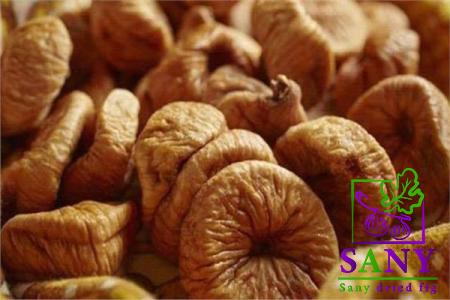
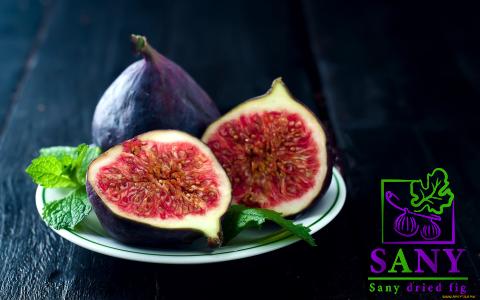
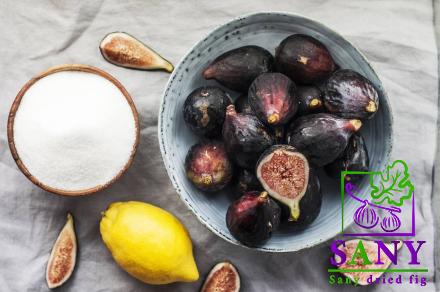


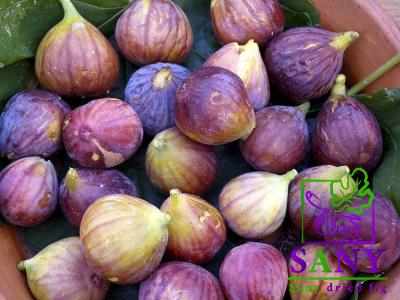
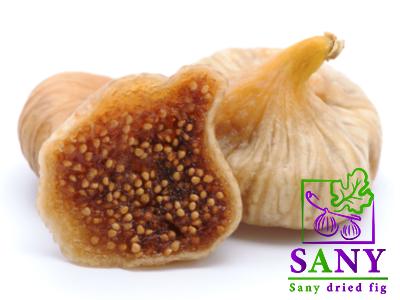
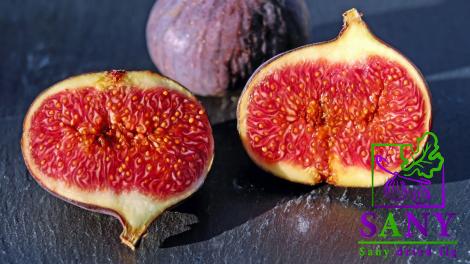
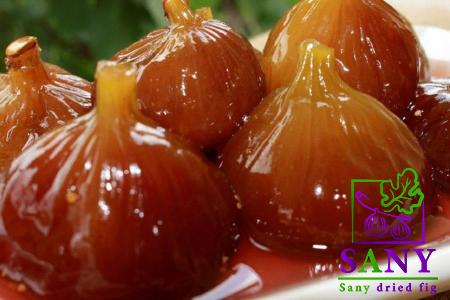

Your comment submitted.